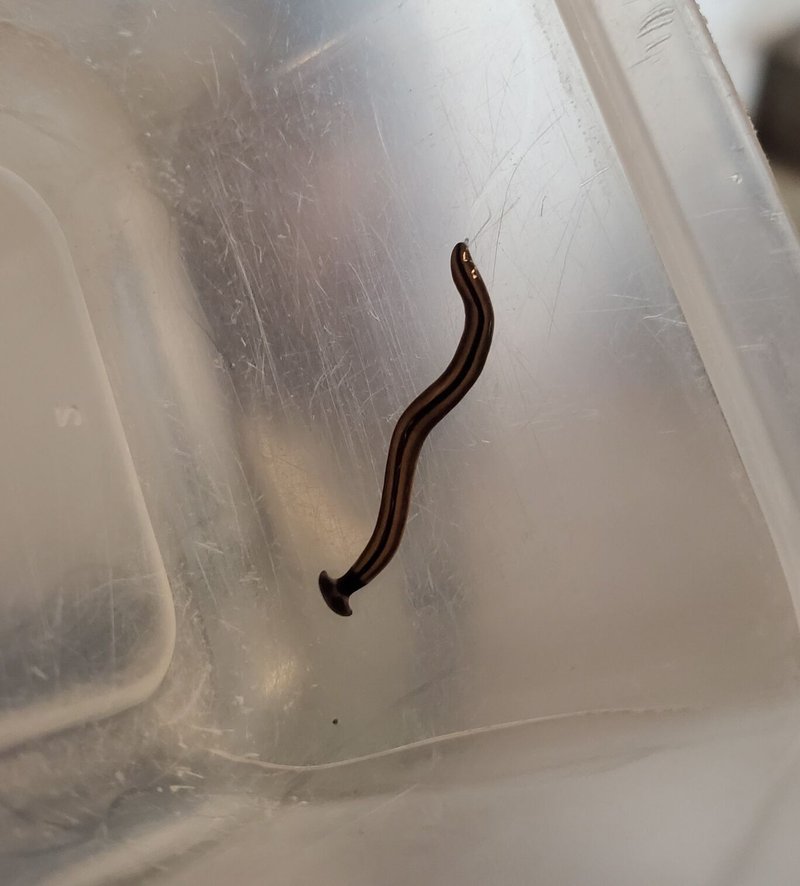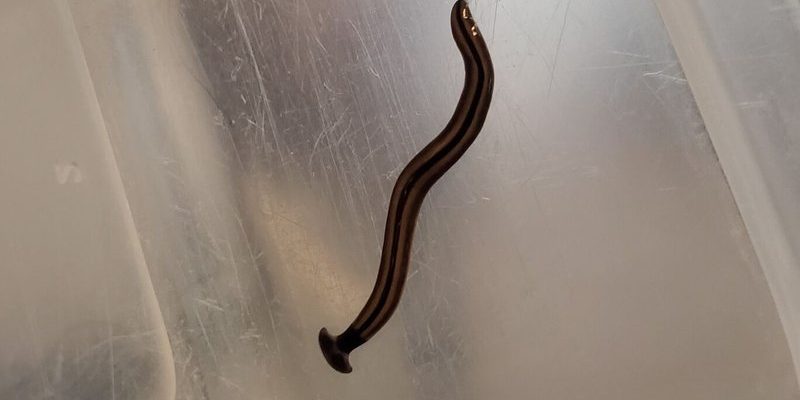
So, how do you prevent hammerhead worms from taking over your indoor garden? Well, let’s dive into their world and understand what they are, why they’re in your potted plants, and how you can keep them at bay. Think of this like a friendly coffee chat, where we slowly unpack everything you need to know to protect your leafy friends.
What Are Hammerhead Worms?
Hammerhead worms, also known as *Bipalium kewense*, are part of a unique group of flatworms. They’re not just any ordinary worm; they can grow up to a foot long and have a flat, broad head that resembles a hammer. Interesting, right? These worms are actually predators. They primarily feed on earthworms, which are beneficial for soil health.
You might be wondering how these creatures end up in your indoor plants. Well, they often hitch a ride in potting soil, especially if it’s from a less-than-reputable source. Once they’re in your home, they thrive in warm, moist environments, making your potted plants a perfect abode. So, while they might look cool, they can wreak havoc on your plant’s health.
How to Identify Hammerhead Worms
Identifying hammerhead worms isn’t too complicated. Look for these key features:
- Color: They generally come in shades of brown, gray, or black. Some may even have stripes.
- Shape: Their hammer-like head is the best identifying feature. It’s wide and flat, making them stand out from regular worms.
- Movement: They move in a gliding motion, which is quite different from how earthworms wriggle.
If you spot one, don’t panic just yet! Take a closer look to confirm it’s a hammerhead worm and not some other harmless critter. You can also try to remember that if you’ve seen any unusual activity in your plants, like wilting or leaf loss, it could signal these flatworms are at play.
Why Are Hammerhead Worms a Problem?
You might be asking yourself, “What’s the big deal about a few worms?” Well, here’s the thing: hammerhead worms are predatory. They feed on earthworms, which are beneficial for your soil. By eating earthworms, they disrupt the balance of your plant’s ecosystem. Without these helpful worms, your soil health declines, and your plants can suffer.
Additionally, if you notice hammerhead worms in your pots, it could mean your soil is moist—something that many plants love, but it can also promote the growth of these pesky worms. So, while a little worm action can sometimes be harmless, too many can lead your plant down a path of decline.
Preventing Hammerhead Worms in Your Indoor Plants
Prevention is key when it comes to keeping **hammerhead worms** at bay. Here are some tips to help you maintain a worm-free garden:
- Choose Quality Potting Soil: Always buy potting soil from reputable suppliers. It may cost a bit more, but it’ll save you from potential pests.
- Inspect New Plants: Before bringing new plants into your home, carefully examine their soil and roots for any signs of these worms.
- Encourage Natural Predators: Having a diverse ecosystem in your soil can help. Earthworms, for example, can thrive in environments where hammerhead worms can’t dominate.
Keep in mind, a few simple precautions can go a long way in ensuring your indoor garden remains healthy and vibrant.
Treating Hammerhead Worm Infestations
If you find yourself facing a hammerhead worm infestation, don’t fret! You can take steps to manage and eliminate these unwanted guests:
- Manual Removal: Use gloves to pick them out from the soil. It’s a straightforward way to get rid of them, though it can be a bit icky!
- Soil Solarization: This method involves covering the soil with clear plastic for a few weeks. The heat will kill the worms while keeping your plants happy.
- Repotting: If the infestation is bad, consider repotting your plants in fresh soil. Just be sure to thoroughly clean the pot first!
When treating, remember to remain consistent. Rechecking your plants regularly will help ensure you catch any new arrivals quickly.
Best Practices for Plant Care
Maintaining healthy plants can go a long way in preventing hammerhead worms. Here are some best practices you can adopt:
- Monitor Water Levels: Overwatering can create an inviting environment for worms. Always check if the soil is dry before watering.
- Provide Proper Drainage: Ensure your pots have holes, allowing excess water to escape. This prevents soggy soil that attracts pests.
- Regular Inspection: Get into the habit of examining your plants for any unusual signs. Early detection is vital!
By keeping an eye on your plants, you’ll establish a healthy routine that keeps them thriving and free from pests.
What to Do if You’re Still Struggling
If you’ve implemented the tips above and still find yourself with hammerhead worms, consider reaching out to a local plant nursery or pest control expert. They can provide tailored advice suited to your specific situation. Sometimes, a professional touch can make all the difference.
You might also consider joining online communities or forums where fellow indoor gardeners share their experiences and tips. It’s always good to learn from others who have faced similar challenges.
Dealing with hammerhead worms in your indoor potted plants may be a bit challenging, but with the right knowledge and tools, you can keep your garden healthy and thriving. Remember, the key is prevention—starting with quality soil and regular plant inspections. If you do encounter these unusual worms, don’t let them get you down. With a little persistence and the right techniques, your plants can flourish without these unexpected guests.
As you continue on your indoor gardening journey, trust your instincts and enjoy the process. After all, nurturing your plants should be as rewarding as it is fun!

